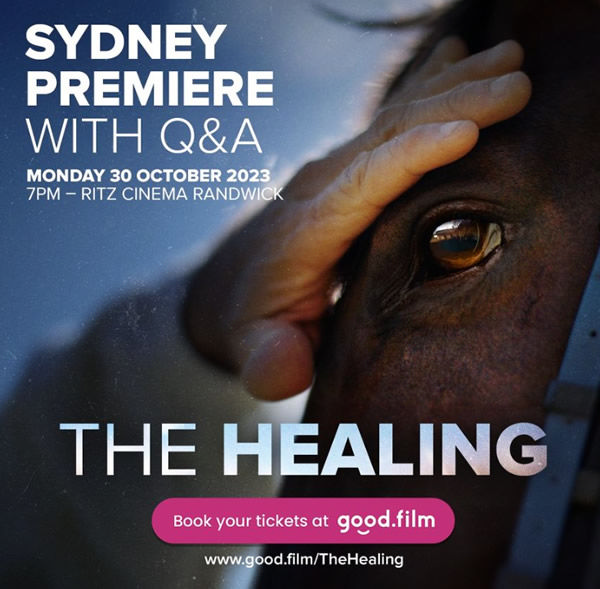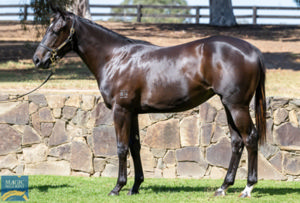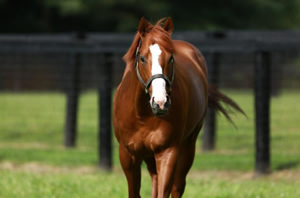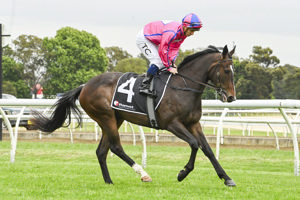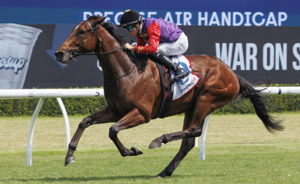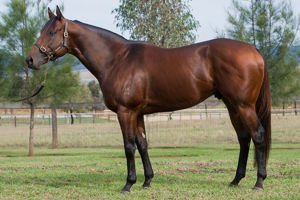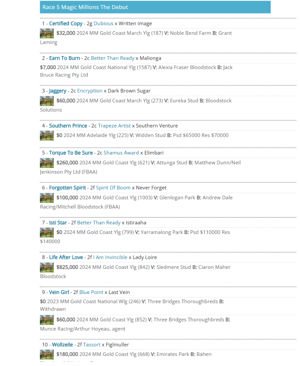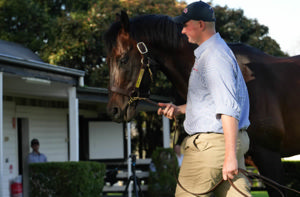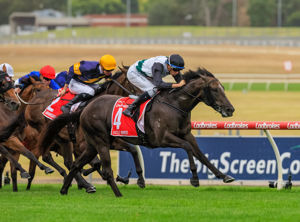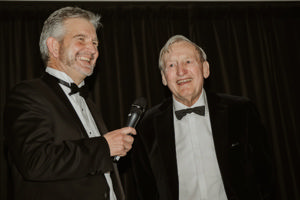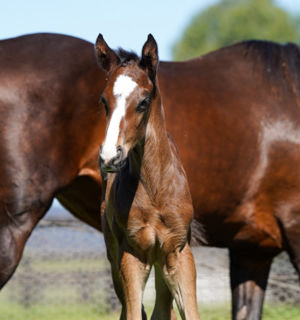With the Sydney and Melbourne Spring Racing Carnivals in full swing the mainstream media focus is very much on thoroughbreds and how we treat them both during and after their racing lives which is why the tale of a remarkable thoroughbred and his role in the upcoming premiere screening of outstanding documentary The Healing is a must read story.
Earlier this year I encountered the problem of what to do with a troubled thoroughbred first hand and the man to solve my dilemma was ex-mounted police officer and renowned equestrian Scott Brodie, who is at the centre of The Healing, a 54 minute documentary by film maker Nick Barkla.
The film details the work Brodie does in re-training racehorses and their pivotal use as therapy in helping first responders and military veterans suffering PTSD and associated mental health issues.
The story of my So You Think gelding Dream and his transition from a traumatic career in racing to a worthwhile fruitful life outside of racing can be read here and for the record he is still a valued member of Scott Brodie’s team as a lease horse and for regular use in the Horse Aid clinics.
For those interested in going to see The Healing, there are limited tickets still available for the first Sydney screening next Monday night at the Randwick Ritz and for subsequent screenings at locations right around the country, click here for tickets and screening times.
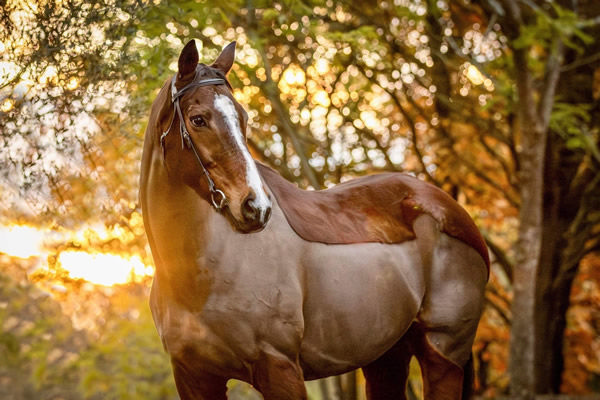
Starring in the film from the horse perspective is Bazaconi, a horse I know well as he finished his racing career in 2012 having his final start in the care of my good friend Margaret Ogilvy, who had an owner trainers licence at the time.
She got him as a tried horse and did win a race with him at Moruya, but his racing talent was limited and when it became apparent he was not going to win another race she was faced with the issue of what to do with a horse she deemed dangerous.
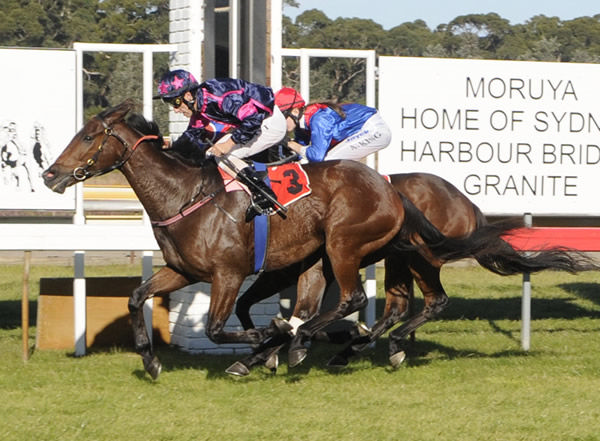
Bazaconi was a bolter. There is nothing that strikes fear into the heart of any rider more than that split second when you lose control of a horse that has no control over himself.
Horses like Bazaconi are thankfully rare and can bring about destruction to themselves and all around them, but a life that could have ended in disaster has instead turned into one of inspiration.
“There’s no doubt he was a tricky horse. Probably the trickiest horse that ever came through that Racing NSW rehoming program and we did over 500 horses,” Scott Brodie recalled.
“He was tangled and twisted in both body and mind. I did plenty of groundwork with him and got to the point where I was ready to get on him and he felt OK right up until he bolted straight across the arena and smashed into the fence with no regard for his safety or mine.”
Scott went back to the drawing board and after many months, progress was finally made.
“He was always going to be a difficult horse to rehome, but I didn’t want to let Margaret down, so I kept trying with him,” Brodie said.
“He improved and progressed to the point he was working well enough to do a few dressage competitions and was going nicely. He has great movement and is an intelligent horse.
“A girl that was working with me at the time, Georgie Young took a liking to him and made a bit of a project for herself to work with him and eventually took him home and she has him to this day.”
Now 17 years old, Bazaconi is regularly used in Horse Aid clinics and is the perfect horse to connect with troubled and broken people that need to rediscover strength in themselves.
“He is very sensitive, super intelligent and phenomenal at reading body language,” Brodie explained.
“Horses pick up on every emotion. You cannot lie to a horse, they see straight through you.
“When we do join up, where we ask people to work with the horse to have it follow them, they need to strike that right balance of emotion, not too much bravado and not too soft or the horse will just walk away. It’s about mutual respect, you need that aura of confidence for it to work and the horse has to believe it.”
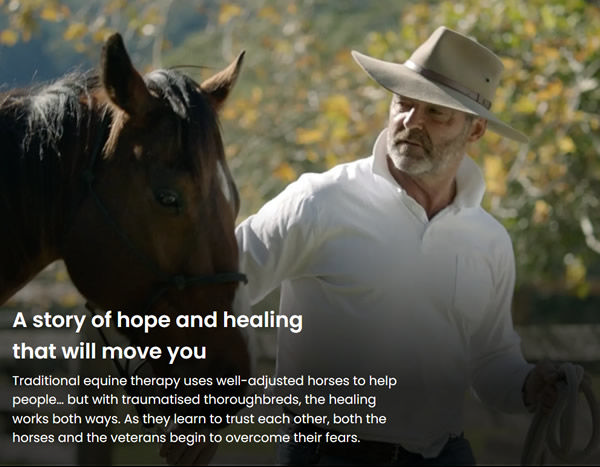
Footnote: Horses and people have different thresholds for stress and the ways in which they manage varying situations. A great many people work in very difficult jobs and live perfectly fulfilled lives achieving balance amidst the challenges they face and likewise the majority of horses leaving racing can ultimately be retrained for a myriad of other roles.
Not all people are going to be professional athletes and not all racehorses are either, which is why we need many avenues for off the track horses to find their path to a worthwhile life.

